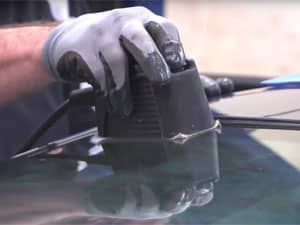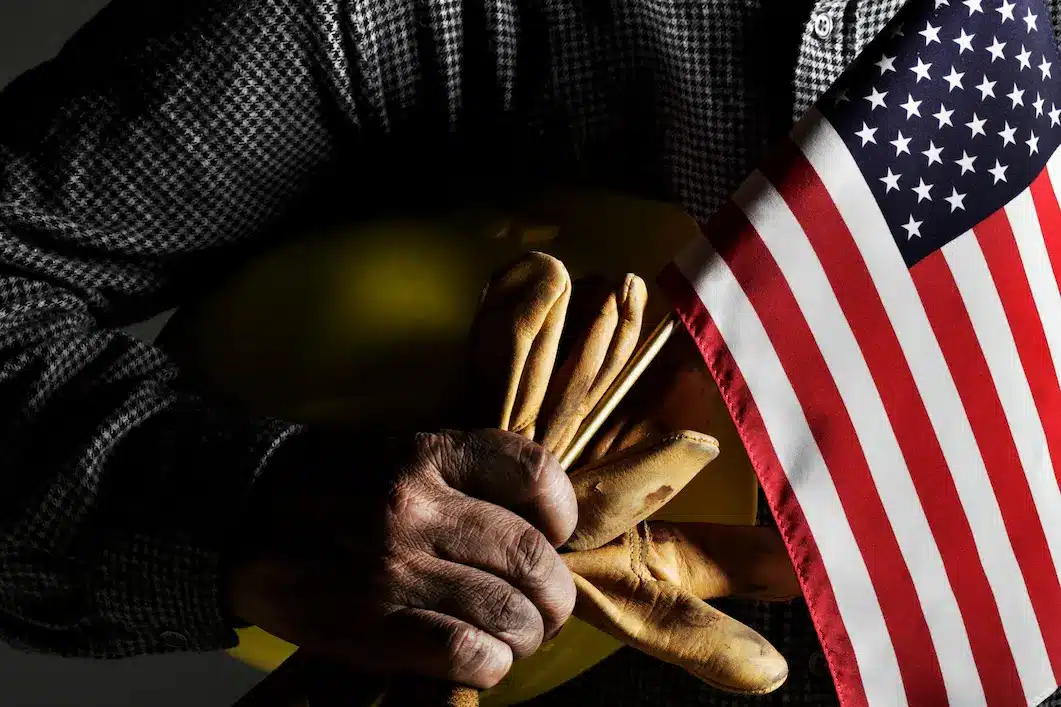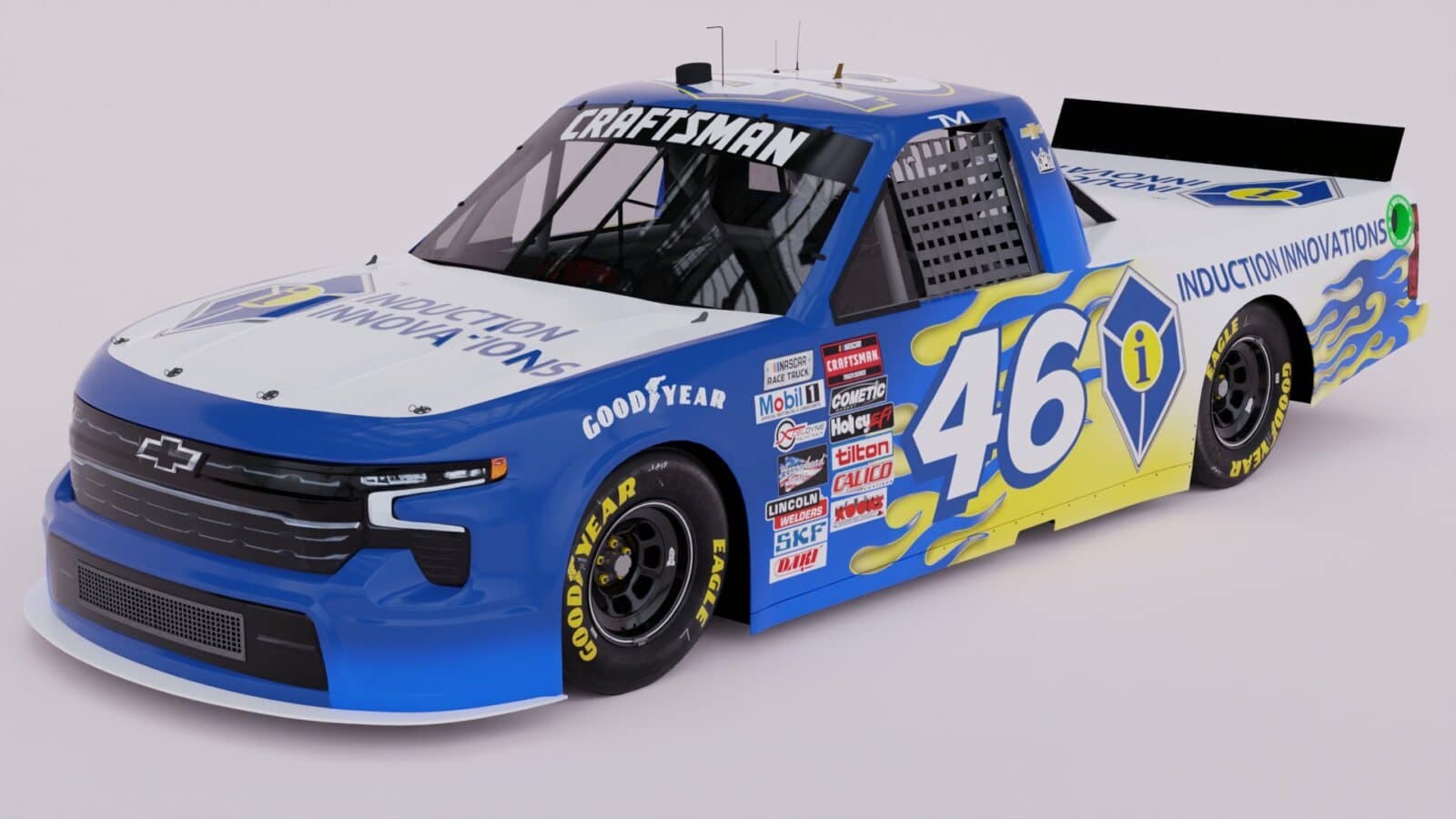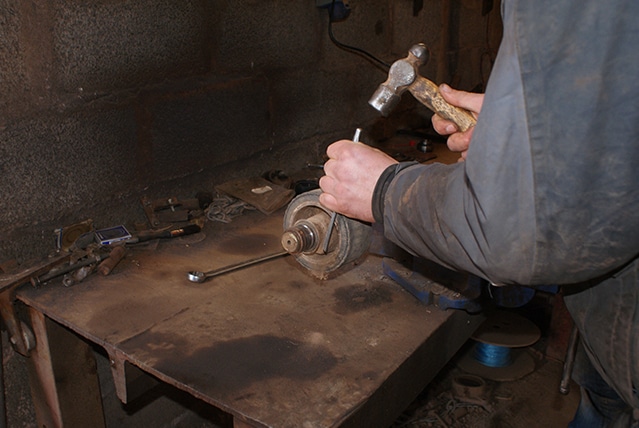
Removing windshields—or “windscreens” for our Anglo friends across the pond—is the bane of body shops and wreckers everywhere. Just do a Google search for “windshield removal” and you’ll see a wide variety of recommended tools that would make a medieval torturer jealous. Such tools include: socket wrenches, silicone putty lubricants, pry bars, utility cutting knives, and even wires.
With Induction Heating, all you need is an Inductor® Series Glass Blaster®, which comes with two l-wedges and a training video. The Glass Blaster removes windshields from outside the vehicle with no need to remove the interior trim, because it releases urethane in hard-to-reach areas where other tools can’t go. Windshields can be removed in less than 15 minutes and quarter glass in three minutes, without the damage to the encapsulant or frit (blackout masking).
View this Demonstration
We also have a windshield removal write-up here
Additional Applications
The Inductor Glass Blaster is also perfect for removing other forms of bonded auto glass, SMC panels, metal bond adhesives, undercoating, appliqués, and Spray-on bedliners – all in a fraction of the time it takes using other tools.
How It Works
The GFI and power cord ensures a properly grounded 120 VAC power input connection. The inverter steps up ordinary 120 volt, 60 Hz alternating line current to a high frequency, which the Glass Blaster converts to a high frequency alternating magnetic field. This magnetic field crosses the metallic, conductive work surface (the sheet metal of an automobile body panel) and vibrates the electrons in the metal through the principle of electromagnetic induction. The kinetic energy of the moving electrons is dissipated as heat, which warms whatever metal is within the Glass Blaster’s working range (about 1-1/2 inches). The more easily magnetized a substance is, the greater the heat developed in it. That is why the Glass Blaster heats ferrous metals and their alloys readily, but has no effect on glass, plastics, wood, cloth, and other non-conductive materials.
The Glass Blaster is equipped with a meter that indicates the relative amount of power that is being delivered to the attachment and, indirectly, the amount of heat created. The meter is color coded with green, yellow and red ranges, indicating, respectively, low, medium, and high power generation. The meter my also be used to locate hidden metal such as a pinch weld when removing a window.



